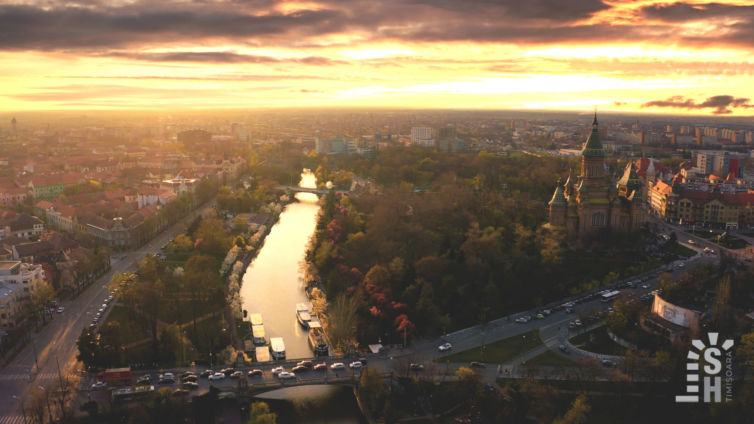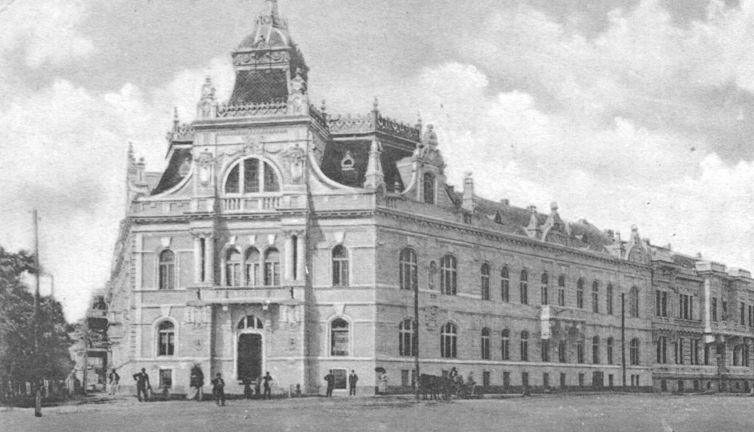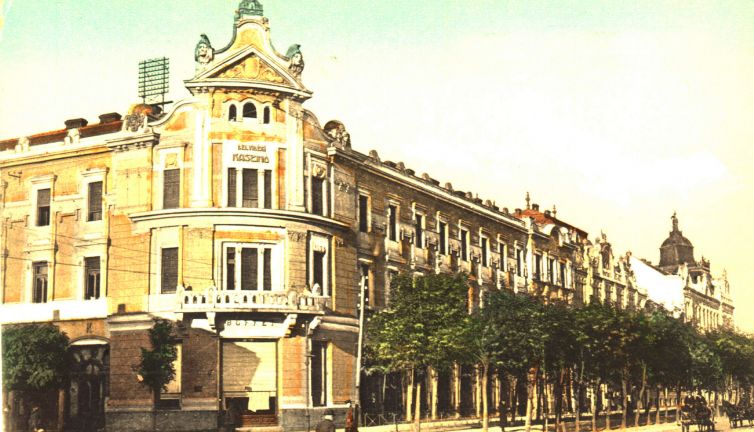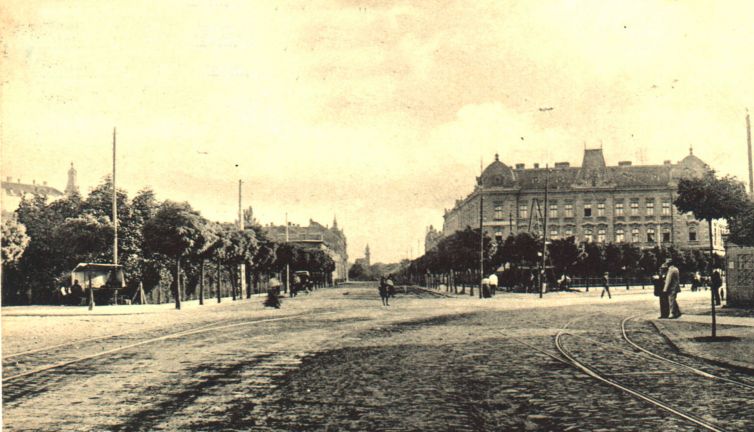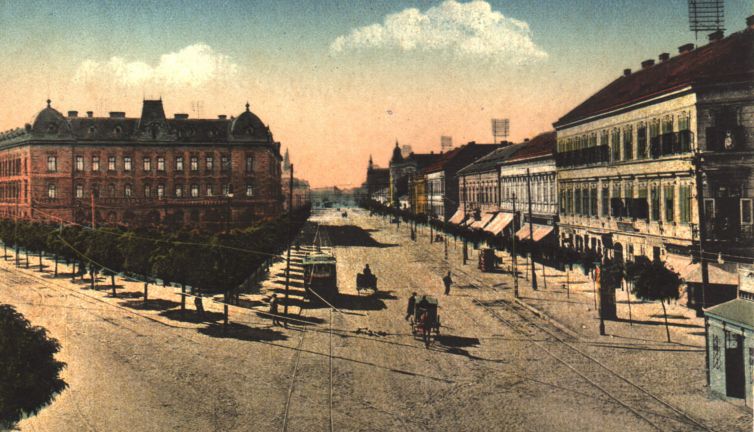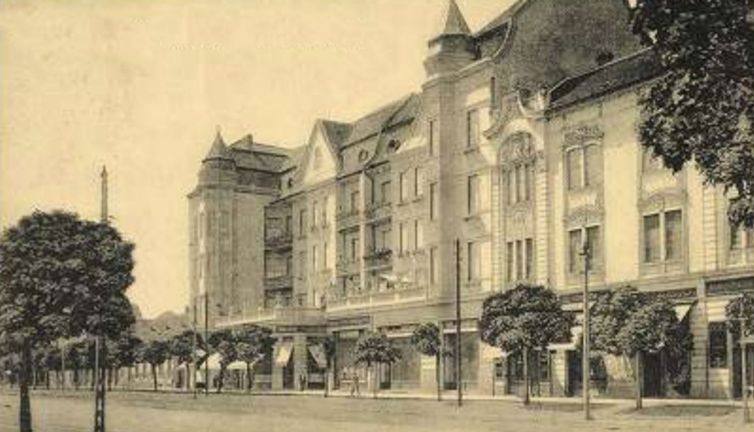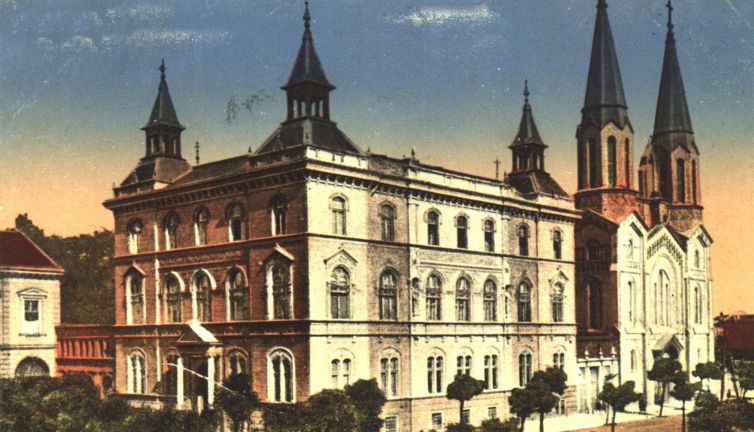Clear Filters
The Orthodox Church from Mocioni Square
The Romanian Orthodox Church dedicated to the Birth of the Virgin Mary was built according to the plans of the architect prof. Victor Vlad by the entrepreneur architect Constantin Purcariu in a non-Byzantine style with some elements of the interwar modern style. The building permit was issued in 1931.
The Roman Catholic Church and Notre Dame complex
The Roman-Catholic church, "The Birth of the Virgin Mary", was built between 1774-1775 in the late baroque style. The Nôtre-Dame complex in Iosefin is a building complex built in 1881 with a fund of 100,000 florins donated by Alexandre Bonnaz, the Roman Catholic bishop of Cenad.


